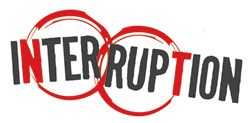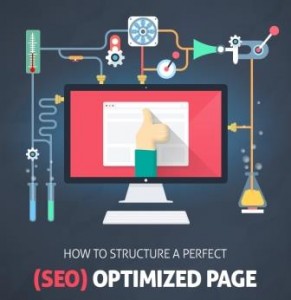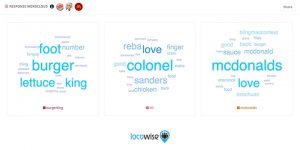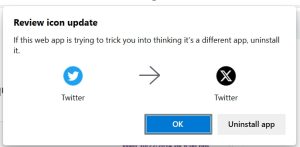— January 16, 2019

Want to make a change and be guaranteed that change will stick?
Here’s what needs to happen in your business… and your life to ensure improvements.
I want to share this because many people waste tremendous amounts of time and money attempting improvements with minimal success.
Here’s how you can change that!
When attempting a change of any kind that you want to stick... this key practice has to be in place.
It’s called pattern interruption.
This comes from the world of NLP – neuro-linguistic programing, which include techniques to remap the brain to create new responses. It’s included in the cocktail of elements related to human behavior science we use to jump-start quick changes with our clients.
Pattern interruption is the conscious decision and action to abruptly stop and disrupt something – specifically a thought or action – and immediately redirect and replace it with something different. It’s like telling your brain, “Stop it!” and then giving it an alternate action or response. The key to sustaining the attempted change is to consciously, continually offer the alternate until the new response or behavior becomes automatic…in fact habitual.
Why is this necessary for change? We are “creatures of habit”. You’re probably familiar with that phrase. Habits reflect a form of natural human conditioning. It’s happening and in most cases, we don’t even realize it. And yet, before we know it, we’re different in some way.
Habits not only apply to behavior but also to – and this is where it begins – responses or reactions to environmental stimuli called triggers, which then create a change reaction of thoughts, feelings, emotions and thinking patterns which all generate behaviors of some kind.
So, the most effective way to change a behavior is by catching its source, typically a trigger, thought or feeling, which then changes the subsequent physical response aka behavior.
Pattern interruption is an essential human behavior insight for change which most leaders, managers and their HR counterparts do not know or use. That’s why folks, even when expecting change, tend to repeat current practices over and over again, which in fact reinforces the very thing they want to change. This is commonly known as insanity!
So, if you want to really make a change in a sustainable way, you need to interrupt, disrupt and introduce an alternative, consistently.
Here’s an example: Last year I had a goal to reduce the amount of sugar and crabs in my diet. I had a particular affinity for the candy hot tamales. Even the thought of them now triggers a hint of a craving (note that phrase).
So here’s how I overcame what I came to realize was a mild addiction to them referencing the principles above:
1. I stopped buying them (easy enough you think). 
2. I had to reduce, eliminate the craving of them so I would not be tempted to buy them (chain reaction). So, I had to find and choose alternate replacements to address the craving that was equally or more satisfying. Disrupt by offer something new
3. Every time the craving appeared, I developed and had on hand my “go to” alternatives. I was able to continuously choose the new/alternate options because it met the need…just in a different way — equal or better.
Taking a holistic approach, I started experimenting with “go to foods” (easy to access and have on hand) that were very satisfying! I found that broccoli salad, egg salad, pistachios, smoked almonds, almond flour pancakes, black cherry flavored Dasani water…were all wonderful substitutes, just to name a few. And, my list continued to grow as I worked to change my eating choices overall.
The result? I lost weight, could fit into clothes I hadn’t been able to for several years, gained more energy and just overall feel better.
Here’s the point: This simple piece of human performance knowledge can be used in any situations where human’s exist. I use this, among others principles, to help businesses consistently gain new outcomes by embedding them into leadership and business management practices. You’d be amazed at the results!
Coaching Tip: Identify a new result you’d like to achieve. Apply the stop-disrupt-offer alternative and do so for as long as it takes to achieve a noticeable change. Usually, with consistent focus and effort, it will take 30-45 days at a minimum.
By the way, if you’re wanting to change deeply embedded habits of behavior or thought with anyone you lead, you can see that “telling someone once” won’t be enough. #justsayin. That’s why I say effective managing is conditioning new behaviors – facilitating the development of profitable habits. That’s also why we’ve created a systemized approach to leadership and management.
Business & Finance Articles on Business 2 Community
(43)
Report Post




